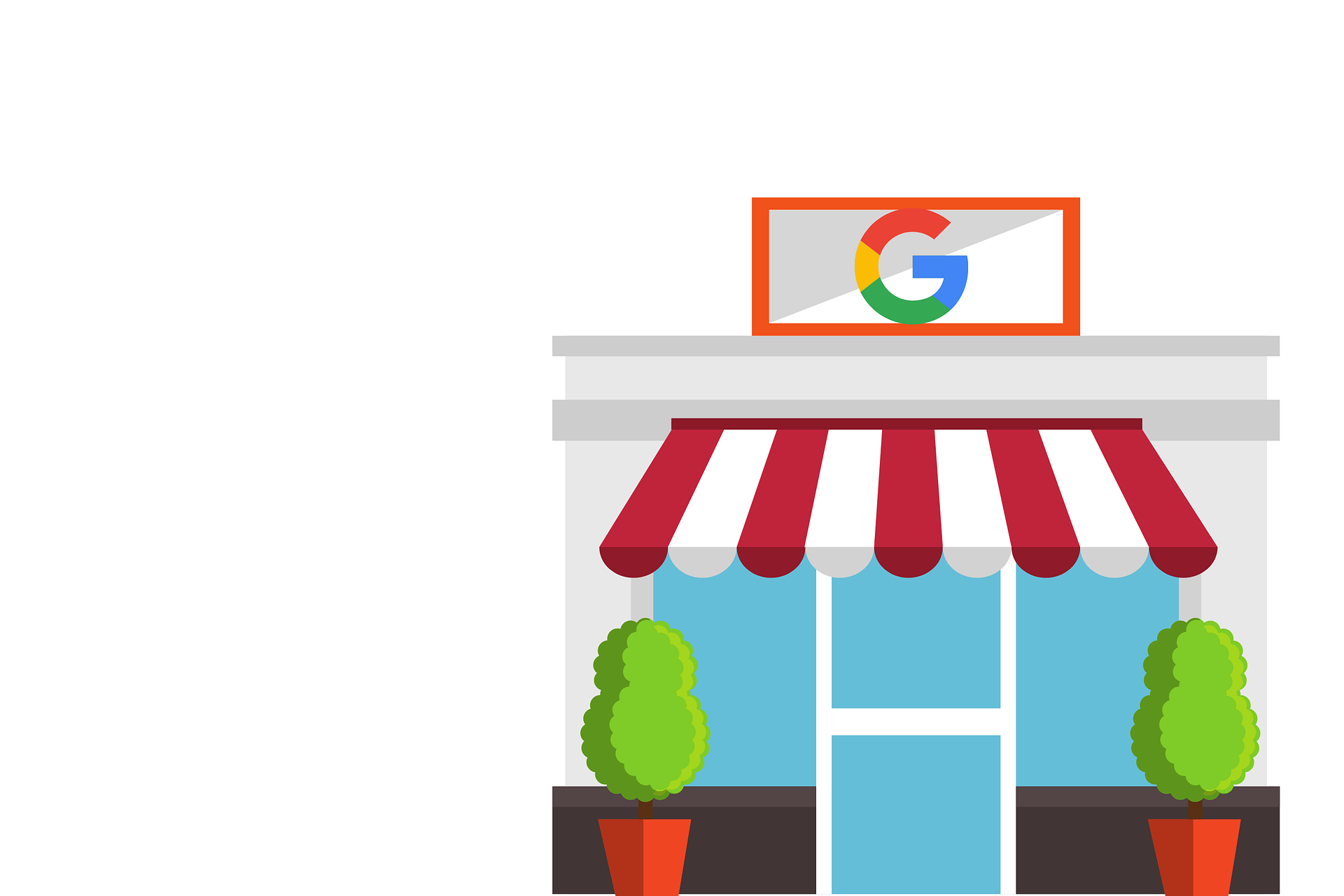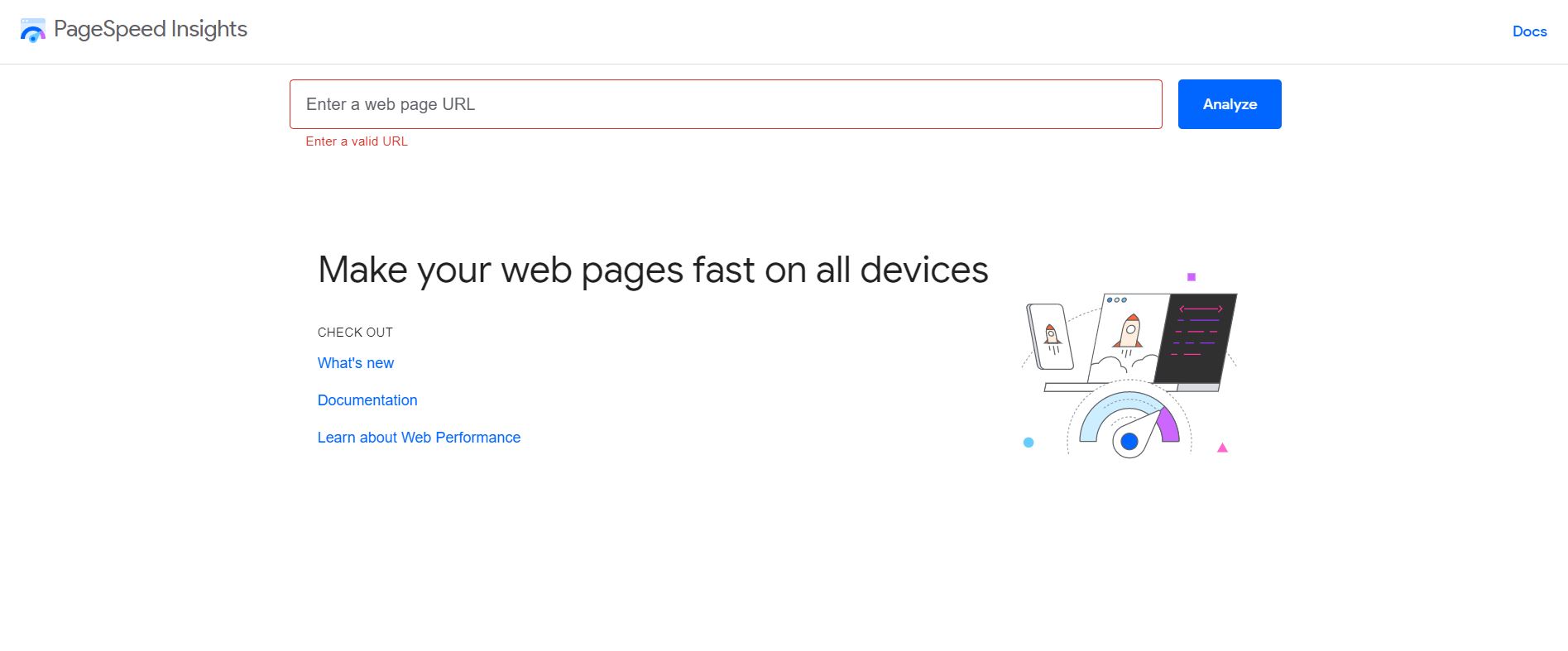In today’s ever-evolving digital landscape, Search Engine Optimization (SEO) has become a crucial component of a successful online presence. SEO plays a vital role in helping businesses attract organic traffic, increase their visibility, and establish credibility in their respective industries. As the world continues to shift towards a mobile-centric era, businesses need to adapt and prioritize mobile optimization in their SEO strategies.
Mobile optimization is the process of designing and modifying a website to ensure that it functions seamlessly and provides an exceptional user experience on mobile devices. Given that an increasing number of users are accessing the internet via smartphones and tablets, optimizing for mobile has become a non-negotiable aspect of SEO.
Failing to optimize your website for mobile devices can have a significant impact on your SEO rankings, as search engines like Google prioritize mobile-friendly sites in their search results. In the following sections, we will explore the importance of mobile optimization and provide actionable tips to help you improve your website’s performance on mobile devices, ultimately boosting your SEO rankings and online success.
The Mobile Era

Mobile Device Usage Statistics
The proliferation of smartphones and tablets has significantly changed the way people access and consume information online. According to recent data, there are now over 5.2 billion mobile phone users globally, accounting for more than two-thirds of the world’s population. Additionally, mobile devices are responsible for over half of all internet traffic, with mobile browsing surpassing desktop browsing in recent years.
Shift in User Preferences Toward Mobile Browsing
As mobile devices become increasingly accessible and user-friendly, more and more people are choosing to browse the internet on their smartphones and tablets. This shift in user preferences has led to a surge in mobile browsing, with users valuing the convenience and flexibility that mobile devices provide. From checking emails and browsing social media to shopping online and researching local businesses, mobile devices have become the go-to platform for a wide range of online activities.
The Role of Mobile Devices in Search Engine Algorithms
Recognizing the growing importance of mobile browsing, search engines like Google have adapted their algorithms to prioritize mobile-friendly websites in their search results. Google, for instance, has implemented mobile-first indexing, which means that the search engine primarily considers a website’s mobile version when determining its rankings. This significant change in search engine algorithms highlights the critical role that mobile optimization plays in SEO strategies, as websites that fail to provide a seamless and user-friendly experience on mobile devices risk being penalized in search rankings.
Mobile Optimization
Mobile optimization is the process of designing, developing, and refining a website to ensure that it functions effectively and delivers an optimal user experience on mobile devices. This includes optimizing elements such as layout, navigation, images, and text to adapt seamlessly to various screen sizes and resolutions, as well as enhancing page load times and touch interactions.
Importance Of Mobile Friendly Designs
A mobile-friendly design and positive user experience are crucial aspects of mobile optimization. With the majority of internet users now browsing on mobile devices, it is essential for businesses to provide a seamless, enjoyable, and easily navigable experience on smartphones and tablets. A mobile-friendly website not only improves user satisfaction and engagement but also contributes to higher conversion rates and increased customer loyalty.
Mobile First Indexing
As more people use their mobile devices to browse the internet, search engines like Google are putting more focus on how well websites perform on mobile devices when ranking them. Google now uses a “mobile-first” approach, which means it mainly looks at the mobile version of a website to decide how relevant and high-quality it is. This change highlights how important it is to optimize websites for mobile devices to maintain good search engine rankings, and online visibility, and achieve overall success.
Tips for Effective Mobile Optimization
Responsive Web Design
Fluid Grids: A fluid grid layout allows your website to adapt seamlessly to different screen sizes by using relative units, such as percentages, rather than fixed units like pixels. This ensures that your website’s layout remains consistent across various devices.
Flexible Images: Make sure your images adjust their size automatically to fit the user’s screen. You can do this by using relative measurements for the width and height in your CSS (for example, max-width: 100%) instead of fixed measurements (like width: 800px).
CSS Media Queries: Use media queries to apply different styles and layouts for specific screen sizes and devices. This allows you to create a tailored experience for users on various devices, optimizing both design and performance.
Incorporate Touch-Friendly Elements: Ensure that your website’s elements, such as buttons and links, are easy to tap on mobile screens. Use sufficient spacing between elements to prevent accidental clicks.
Design For One-Handed Use: Consider designing your website for one-handed use by placing key elements within reach of the user’s thumb. This enhances user experience and reduces the need for users to adjust their grip or use both hands to navigate your website.
Page Speed Optimization
Minify CSS, JavaScript, and HTML: Minify your code by removing unnecessary characters, whitespace, and comments, which helps reduce file sizes and improve page load times.
Optimize Images: Compress images and use appropriate file formats (e.g., WebP or JPEG XR) to reduce file sizes without compromising quality. Also, consider using lazy loading techniques to load images only when they are in the viewport.
Leverage Browser Caching: Utilize browser caching to store static resources, like stylesheets and images, in the user’s browser. This helps reduce the number of HTTP requests and improves page load times for returning visitors.
User Experience Enhancement
Clear and Concise Navigation: Ensure that your website’s navigation is easy to understand and use. Implement a mobile-friendly menu, such as a hamburger menu or an accordion menu, to simplify navigation on smaller screens.
Easy-to-Read Fonts and Text Size: Choose legible fonts and appropriate text size for easy reading on mobile devices. Ensure that your text remains readable when users zoom in or out.
Touch-Friendly Buttons and Links: Design buttons and links with adequate spacing and size to accommodate touch interactions on mobile devices. This helps prevent accidental clicks and enhances the overall user experience.
Consistent branding: Ensure that your website’s branding, color scheme, and design elements are consistent across all devices. This helps create a cohesive and recognizable experience for users, building trust and familiarity with your brand.
Clear calls-to-action (CTAs): Design prominent and easily identifiable CTAs that guide users toward the desired action, whether it’s making a purchase, signing up for a newsletter, or contacting your business. Ensure that CTAs are touch-friendly and stand out on mobile screens.
Implement a search function: Add a search function to your website to make it easier for users to find the information they need quickly. Make sure the search bar is easily accessible and visible on mobile devices.
Minimize distractions: Remove unnecessary elements, such as sidebars and excessive advertising, that can clutter the mobile interface and detract from the user’s primary focus.
Provide intuitive navigation: Implement a user-friendly navigation menu that allows users to access important pages on your website with ease. Consider using a sticky menu or a hamburger menu to save screen space while maintaining functionality.
Offer an option to switch to a desktop view: While optimizing for mobile is essential, some users may still prefer the desktop version of your site. Provide an option for users to switch to the desktop view if they wish.
Local SEO Optimization

Google My Business Listing: Create and maintain an accurate Google My Business listing to improve your visibility in local search results and increase the likelihood of users finding and engaging with your business.
Consistent NAP (Name, Address, Phone Number) Information: Ensure that your business’s NAP information is consistent across all online platforms, including your website, social media profiles, and online directories. Consistency helps search engines recognize and validate your business’s online presence.
Localized Content: Create content that is tailored to your local audience, incorporating local keywords, phrases, and topics to improve your website’s relevance in local search results. This can help attract more targeted traffic and increase conversions.
Optimize Title Tags And Meta Descriptions: Include local keywords and phrases in your title tags and meta descriptions to improve your website’s visibility in local search results. This helps search engines understand the geographical focus of your content and helps users find relevant, localized information.
Utilize Schema Markup: Implement structured data using schema markup to provide search engines with additional information about your business, such as location, operating hours, and services offered. This can help improve your visibility in local search results and enhance your search snippets.
Collect And Showcase Customer Reviews: Encourage customers to leave reviews on platforms like Google My Business, Yelp, and Facebook. Positive reviews not only boost your online reputation but also signal to search engines that your business is trustworthy and relevant to local users.
Create Location-Specific Landing Pages: If your business has multiple locations, create separate landing pages for each location. These pages should contain localized content, including address, phone number, operating hours, and any location-specific services or promotions.
Build Local Backlinks: Acquire backlinks from other reputable local businesses, organizations, or directories to improve your website’s authority and relevance in the eyes of search engines. This can help boost your local SEO rankings.
Tools to Test and Improve Mobile Optimization
Google’s Mobile-Friendly Test

This free tool from Google evaluates your website’s mobile-friendliness and provides recommendations for improvements. It assesses elements like layout, text size, and touch targets, giving you an overall score and suggestions on how to enhance your site’s mobile experience.
Google PageSpeed Insights

PageSpeed Insights analyzes your website’s performance on both mobile and desktop devices. It offers valuable insights into aspects that may be slowing down your site, along with specific recommendations on how to optimize your website’s speed and performance.
GTmetrix

GTmetrix is a comprehensive website performance testing tool that provides insights into your site’s loading speed, mobile responsiveness, and optimization opportunities. It generates a detailed report with actionable suggestions, making it easy for you to pinpoint areas that need improvement.
Chrome DevTools
Chrome DevTools is a set of web development and debugging tools built into the Google Chrome browser. It allows you to inspect, modify, and analyze various aspects of your website, including mobile responsiveness, page speed, and layout. By using Chrome DevTools, you can identify and resolve issues that may be affecting your site’s mobile optimization.
Mobile Optimization Success Stories
Examples of Businesses That Have Benefited from Mobile Optimization
OYO Rooms: This Indian hospitality company experienced a significant boost in bookings after optimizing its website for mobile devices. They redesigned their site to be more user-friendly and responsive, resulting in a 3x increase in conversion rates and a 60% reduction in bounce rates.
JCPenney: The American department store chain implemented mobile optimization strategies to enhance their online shopping experience, leading to a 20% increase in mobile traffic and a 14% increase in mobile revenue.
Cook Smarts: A meal planning and cooking education website, Cook Smarts revamped its mobile experience by using a responsive design, improving site navigation, and optimizing images. As a result, they experienced a 30% increase in mobile traffic, a 50% increase in mobile sign-ups, and a 20% reduction in bounce rate.
Quantifiable Improvements in SEO Rankings and Traffic
Mobile optimization has been proven to deliver measurable benefits in terms of SEO rankings and traffic. By creating a seamless and user-friendly experience on mobile devices, businesses can improve their search engine rankings, as search engines like Google prioritize mobile-friendly websites.
Additionally, mobile-optimized websites tend to have lower bounce rates and higher user engagement, leading to increased organic traffic, conversions, and revenue. These success stories highlight the significant impact that mobile optimization can have on a business’s online presence and overall success.
Helpful Tips And Tricks
Simplify Forms: Make sure that any forms on your website, such as contact or sign-up forms, are easy to fill out on mobile devices. Use larger input fields, minimize the number of fields, and utilize mobile-friendly features like autofill and dropdown menus.
Use Legible Typography: Choose fonts that are easy to read on small screens and avoid using too many different font styles. Also, ensure there is sufficient contrast between the text and the background to enhance readability.
Optimize Video Content: Ensure videos on your website are responsive and can be played on mobile devices without issues. Consider using video hosting platforms like YouTube or Vimeo, which automatically optimize videos for various devices and screen sizes.
Prioritize Content Above The Fold: Place the most important information and call-to-action at the top of your webpage to capture users’ attention without requiring them to scroll down.
Avoid Pop-Ups And Intrusive Interstitials: Intrusive pop-ups can negatively impact user experience on mobile devices. If you must use pop-ups, ensure they are easy to close and do not obstruct the main content.
Test On Various Devices And Screen Sizes: Regularly test your website on different devices, operating systems, and screen sizes to ensure consistent performance and user experience across all platforms.
Implement Accelerated Mobile Pages (Amp): AMP is an open-source framework developed by Google that aims to improve the loading speed of mobile web pages. Implementing AMP can help your website load faster on mobile devices, enhancing user experience and potentially improving your search rankings.
Use A Mobile-First Approach To Design: When designing your website, start with the mobile version and then scale up to larger screens. This ensures that your website looks and performs well on mobile devices from the outset.
Monitor Mobile Analytics: Keep an eye on your mobile analytics to identify any issues or opportunities for improvement. Look for metrics like bounce rate, session duration, and conversion rates to gauge the effectiveness of your mobile optimization efforts.
Stay Up-To-Date With Industry Best Practices: Mobile optimization is an ongoing process, and best practices can change as technology evolves. Stay informed about the latest trends and techniques to ensure your website continues to deliver an optimal mobile experience.
Final Thoughts
In summary, mobile optimization is a crucial aspect of SEO in today’s mobile-centric digital landscape. Ensuring that your website is optimized for mobile devices can significantly improve search engine rankings, user experience, and overall online success. It is essential for businesses to prioritize mobile optimization as part of their online strategy. By focusing on responsive web design, page speed optimization, user experience enhancement, and local SEO optimization, you can create a seamless and enjoyable browsing experience for your mobile users.
Don’t wait any longer to optimize your website for mobile devices. Start implementing the tips and best practices discussed in this article and utilize the recommended tools to test and improve your website’s mobile performance. By taking action now, you can stay ahead of the competition, boost your SEO rankings, and achieve greater online success in the mobile era.















